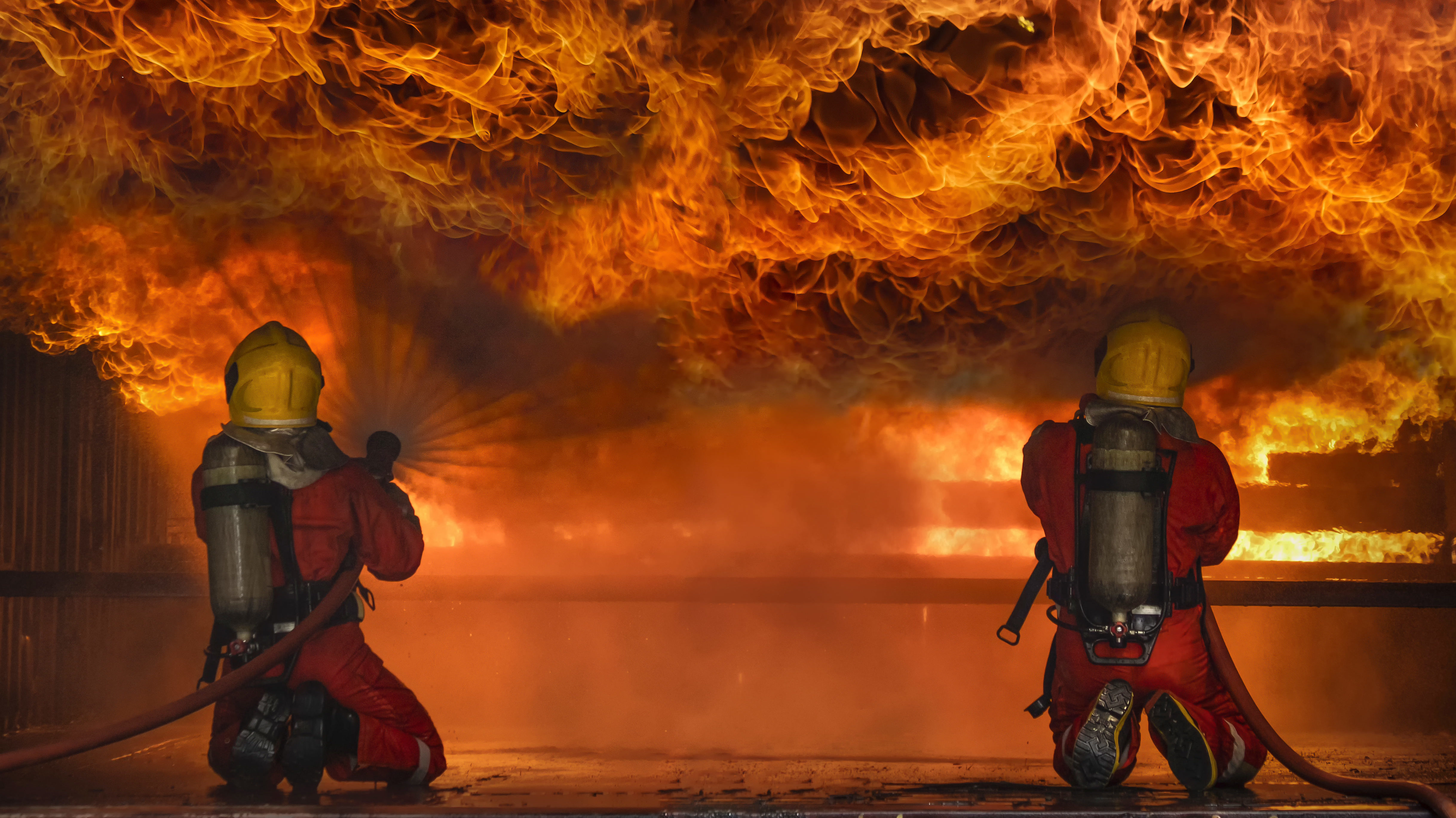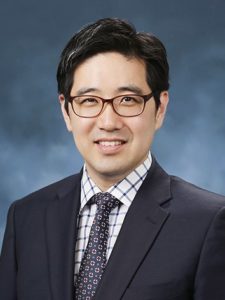
Fighting fire with AI
Unlocking the value of fire data in South Korea's capital

Nothing is more associated with death and destruction than fire. It can produce a primal fear in all of us.
So, when a university professor in Seoul, South Korea, challenged his class to use data to find solutions for complicated real-world problems, one student suggested analyzing information held by the city’s Fire Department.
The idea was to predict the probability of fires so that authorities could take action to make the city safer for its more than 9 million residents.
Hongik University’s Professor Jae Seung Lee and his students used artificial intelligence (AI) and machine learning (ML) algorithms to develop a new model that can now do just that.
With Azure Machine Learning Studio, they ran different ML modules until they were able to predict fires with a 90% accuracy rate.
Maximizing readiness
The information they extracted from the datasets identified parts of the city with a high probability of fire – knowledge that has empowered firefighters to optimize their patrol routes and deployments.
Having more fire crews on duty in more “flammable” neighborhoods means they can respond to calls faster and so secure the safety of people and minimize property damage.
The analysis also looked at the locations of fire stations and spotted gaps or blank areas that were not adequately covered. Because Seoul is already a very developed city, you can’t just build a new station. Instead, authorities deployed more fire crews to stations on the fringes of underserved areas.
Professor Lee admits being surprised by some of the findings of the project.
“I used to think older districts, like Gangbuk, were more prone to fires. But the model revealed otherwise,” he said. “Newer districts, like Gangnam, are actually more susceptible to fire incidents, as there are more shops and people around the neighborhood. Illegal parking also plays a role.”
City authorities have welcomed such unexpected insights.
Jeong Joon Ahn, Director of Big Data Division at Seoul metropolitan Government said, “The project is a good example of what we want to achieve. We want to use the latest technology, like artificial intelligence, to make our city safer while using our resources more efficiently.”

Building trust
The department had “a lot of data” about the causes of fires, their locations, as well as the casualty numbers, but they wanted to make sure the data would be shared in a way that protected citizens’ privacy.
To do that, Professor Lee suggested building a Microsoft virtual machine (VM), which kept data secure and restricted to only selected individuals.
No outsider, not even the professor, had access to original data. Instead, he had to work with “summarized” information, which he could not even download.
This cautious approach built a level of trust with the Fire Department that allowed the project to succeed.
Opportunities for the future
Professor Lee now wants to apply the team’s predictive model to other city problems, such as crime and traffic.
Currently, the team is tackling the issue of wheelchair accessibility across the capital. And, the university’s collaboration with authorities has paved the way for a “Seoul Metropolitan Government Big Data Campus” – an initiative that provides space for researchers to access public and private datasets in controlled settings.
To equip his students with the right skills for an AI-enabled world, Professor Lee teaches the essentials, like basic statistics and coding. But he also says they need more to have an impact.
“My students need to know urban planning very well and understand how the city works. That’s the kind of domain knowledge you need to define the right problems. If you’ve defined the right problem, the solution is much easier to find.”













